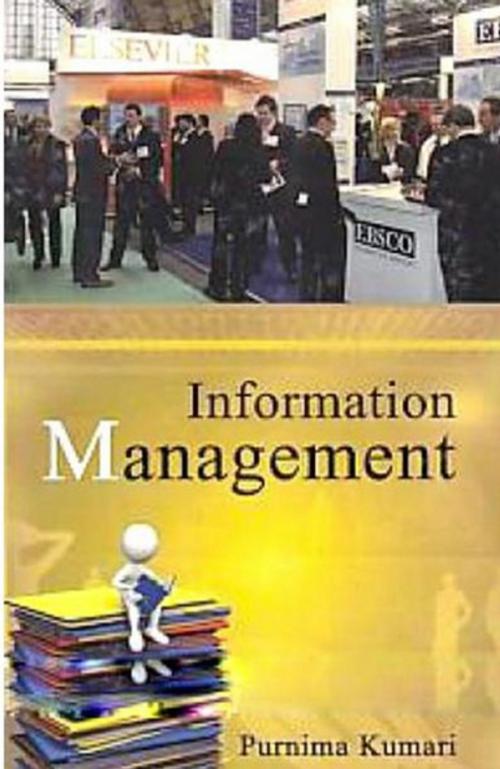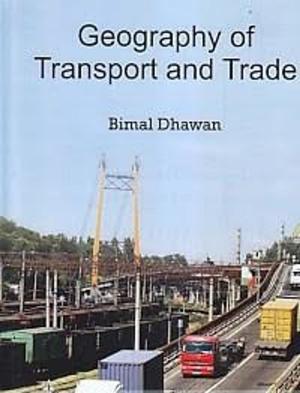Information Management
Business & Finance, Industries & Professions, Information Management, Economics| Author: | Purnima Kumari | ISBN: | 9789388034005 |
| Publisher: | Anmol Publications PVT. LTD. | Publication: | June 30, 2013 |
| Imprint: | Anmol Publications PVT. LTD. | Language: | English |
| Author: | Purnima Kumari |
| ISBN: | 9789388034005 |
| Publisher: | Anmol Publications PVT. LTD. |
| Publication: | June 30, 2013 |
| Imprint: | Anmol Publications PVT. LTD. |
| Language: | English |
Information management is the collection and management of information from one or more sources and the distribution of that information to one or more audiences. This sometimes involves those who have a stake in, or a right to that information. Management means the organization of and control over the planning, structure and organisation, controlling, processing, evaluating and reporting of information activities in order to meet client objectives and to enable corporate functions in the delivery of information. The network includes people affected by the emergency, as well as relief organizations, governments and media. Often the information is presented in easy-to-use formats, such as maps or tables, to support swift decision-making at all levels. A clear information management structure also ensures that all the organizations involved work with the same or complementary information, and that this information is as relevant, accurate and timely as possible. The data collected and analysed is used as a foundation for situation reporting and for crafting public information messages. For every student, teacher and researcher in the subject it offers a solid basis for an in-depth understanding of the entire subject area.
Information management is the collection and management of information from one or more sources and the distribution of that information to one or more audiences. This sometimes involves those who have a stake in, or a right to that information. Management means the organization of and control over the planning, structure and organisation, controlling, processing, evaluating and reporting of information activities in order to meet client objectives and to enable corporate functions in the delivery of information. The network includes people affected by the emergency, as well as relief organizations, governments and media. Often the information is presented in easy-to-use formats, such as maps or tables, to support swift decision-making at all levels. A clear information management structure also ensures that all the organizations involved work with the same or complementary information, and that this information is as relevant, accurate and timely as possible. The data collected and analysed is used as a foundation for situation reporting and for crafting public information messages. For every student, teacher and researcher in the subject it offers a solid basis for an in-depth understanding of the entire subject area.















